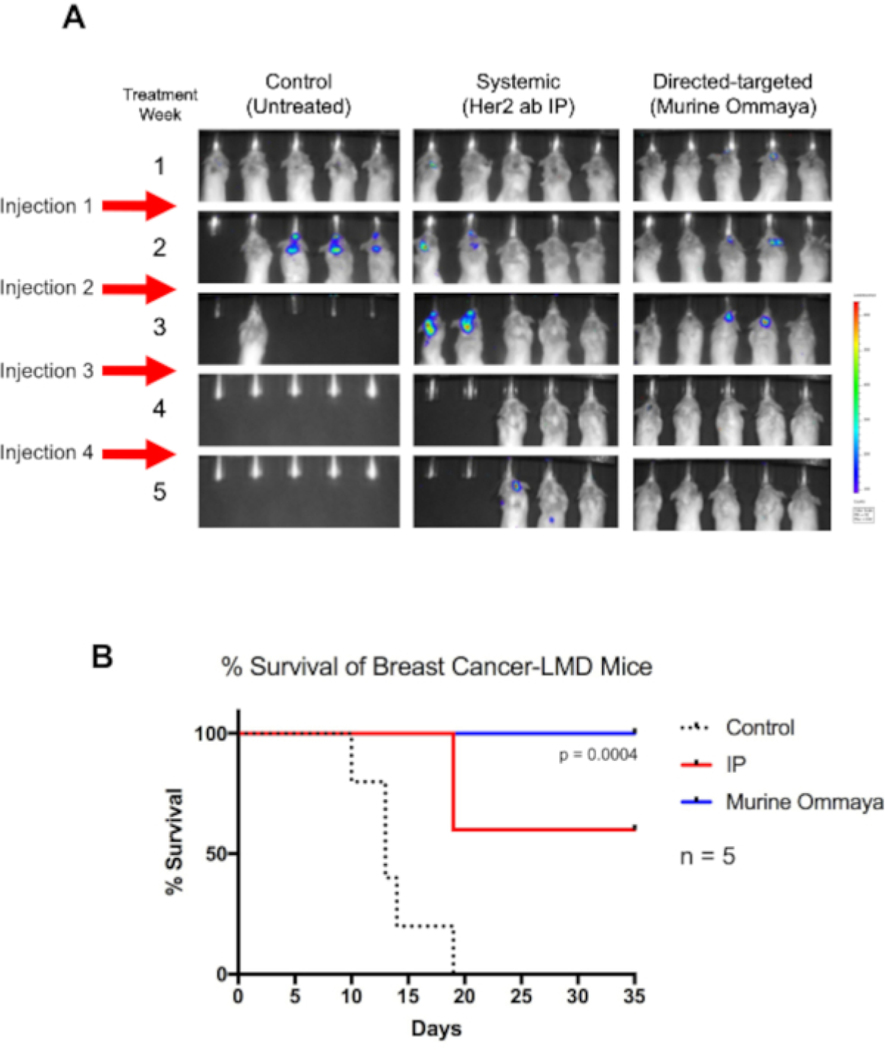Figure 5: Direct-targeted immunotherapy using the Murine Ommaya increases the overall survival of breast cancer-associated leptomeningeal disease mice.
(A) BALB/c mice were injected with luciferase reporter-labeled human epidermal growth factor receptor 2-positive TUBO cells, a murine breast cancer cell line. Three days after cisterna magna injections, Murine Ommayas were implanted. Mice began to develop leptomeningeal disease (LMD) 1 week after injection. LMD mice were treated with either a human epidermal growth factor receptor antibody systemically via intraperitoneal injection or via intrathecal (Murine Ommaya) as a direct-targeted approach. Injections were given once a week for up to 4 weeks. Compared to untreated mice, mice receiving immunotherapy survived much longer. Murine Ommaya mice had complete disease regression by the fourth week, and these mice were eventually cured of disease. (B) These mice also had significantly better median survival (Mantel-Cox test; P = 0.004; n = 5 mice per treatment arm) and better overall survival than systematically treated LMD mice. Abbreviations: LMD = leptomeningeal disease; IP = intraperitoneal.

